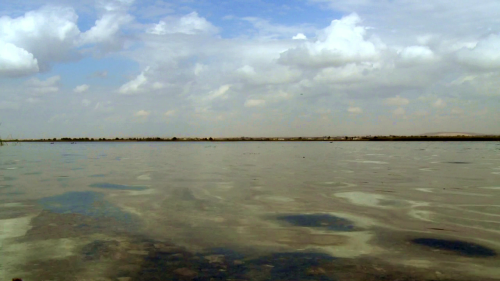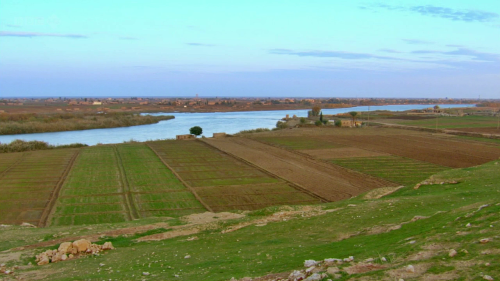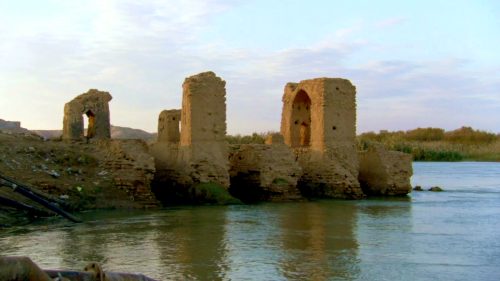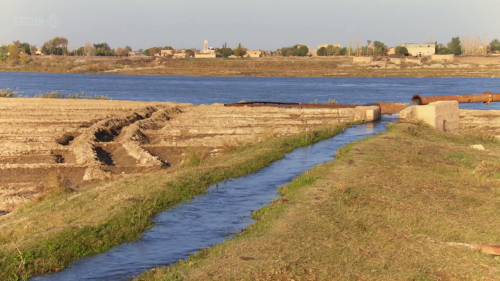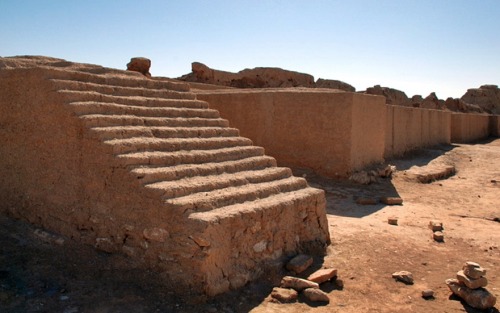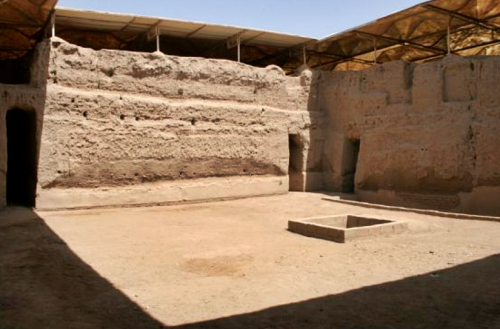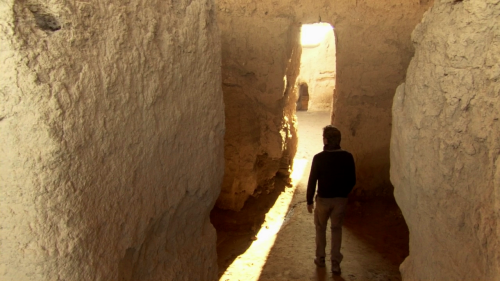#river euphrates
Ancient Worlds - BBC Two
Episode 1 “Come Together”
TheEuphrates is the longest river in southwest Asia and one of the most historically important rivers in the world. The Euphrates rises in Turkey and flows southeast across Syria and through Iraq. Along with the river Tigris, it provided much of the water that supported the development of ancient Mesopotamianculture.
The Tigris Euphrates valley was the birthplace of the ancient civilisations of Assyria, Babylonia,Sumer and the Akkadian Empire. The ancient Greeks called that region Mesopotamia “the land between two rivers” (Tigris/Euphrates). People had occupied that marginal land for 1.000 years before the first cities appeared. They arrived as pastoralists with their herds; they stayed on as farmers close to the river banks in scattered communities of 1.000 or 2.000 people at most. Around 3.100 BC Southern Mesopotamia experienced a growth in the number and size of settlements, suggesting strong population growth. People left the security of their family compounds and tribal villages and they came together with other strangers to create something far more complex: a city, a society, a civilisation. Many of these city-states were located along canals of the Euphrates and the Tigris. A similar development, although on a smaller scale than in Lower Mesopotamia, took place in Upper Mesopotamia in the second part of the 3rd millennium BC.
All the ancient civilisations of the world have flourished near the river beds The Tigris Euphrates river system is one of the four river civilisations where writing was invented, along with the Nile valleyinEgypt (Nile River), the Indus Valley civilisation in the Indian subcontinent (Indus River), and the Yellow RiverinChina.
Post link
Ancient Worlds - BBC Two
Episode 1 “Come Together”
Mari (modern Tell Hariri, in Syria) was an ancient Mesopotamian city on the western bank of the Euphrates river and one of the hegemonic states of the area during the 3rd and early 2nd millennia BC. The city flourished as a trade center; it was strategically important as a relay point between the Sumerian cities of lower Mesopotamia,Babylon, the Levant,EgyptandPersia.
Archaeologists have discovered a wealth of prestigious palaces and temples, art schools and an exceptional quantity of administrative archives dating back to the last periods of the city. More than 25.000 clay tablets in Akkadian language written in cuneiform were discovered (The Mari Tablets).
TheRoyal Palace of Mari was the royal residence of the rulers of the ancient kingdom. King Zimri-lim (reigned from about 1779-5 to 1761 BC) expanded the palace which was possibly the largest at the time. It contained more tan 200 rooms, several statues and exquisite artefacts. The throne room was designed like a temple, its walls covered with brilliantly coloured frescoes. The palace even had its own ice-house so that the king’s honey-sweetened wine could be served cold.
Mari was destroyed by Hammurabi, king of Babylon(this is known from the numerous state archives tablets that recount Hammurabi turning on his old ally king Zimri-lim). After this destruction the city was inhabited sporadically but it never regained its former status.
Mari, Tell Hariri, Syria
Post link

